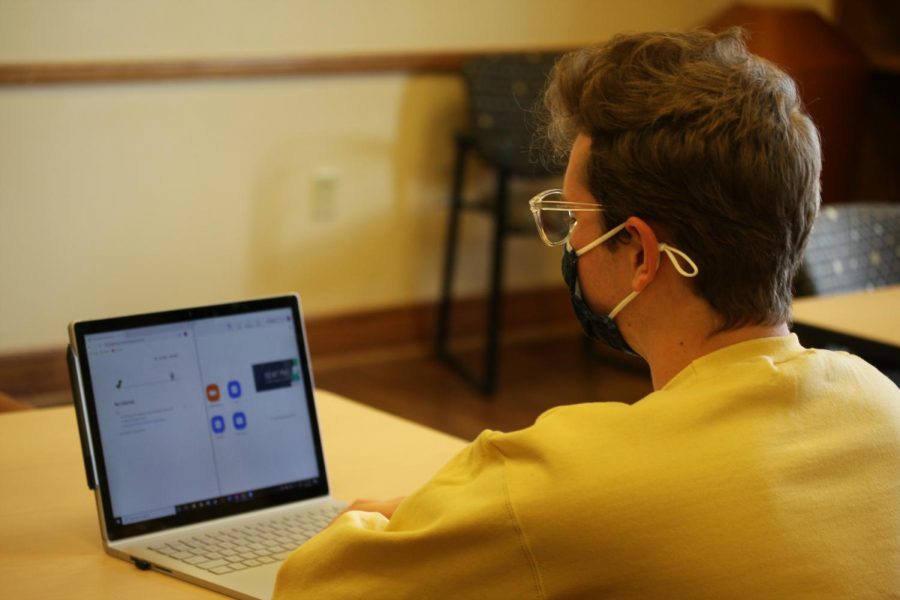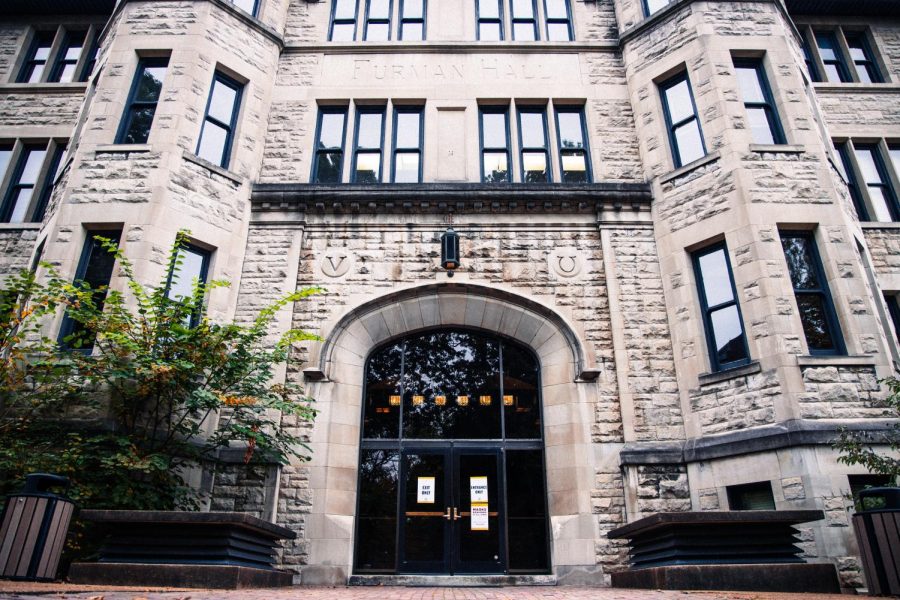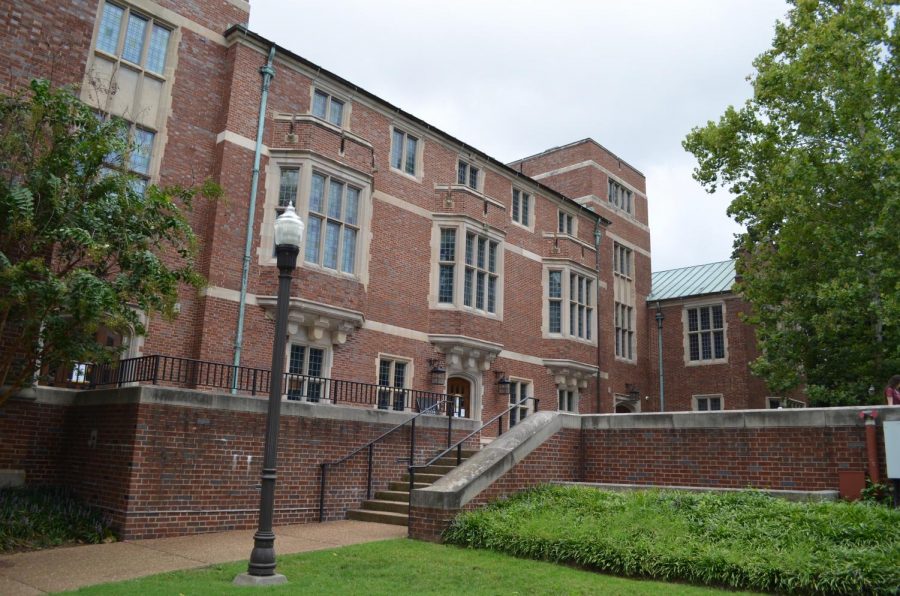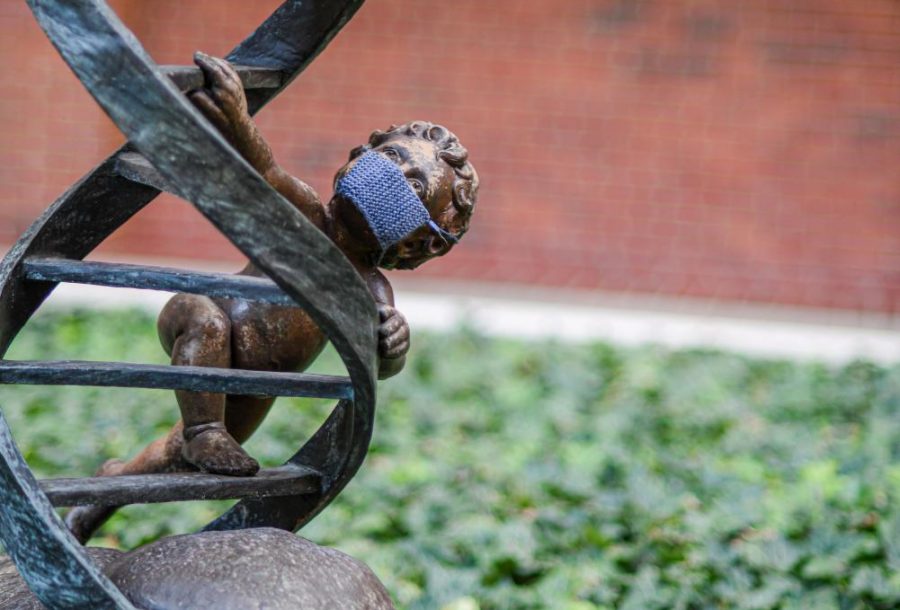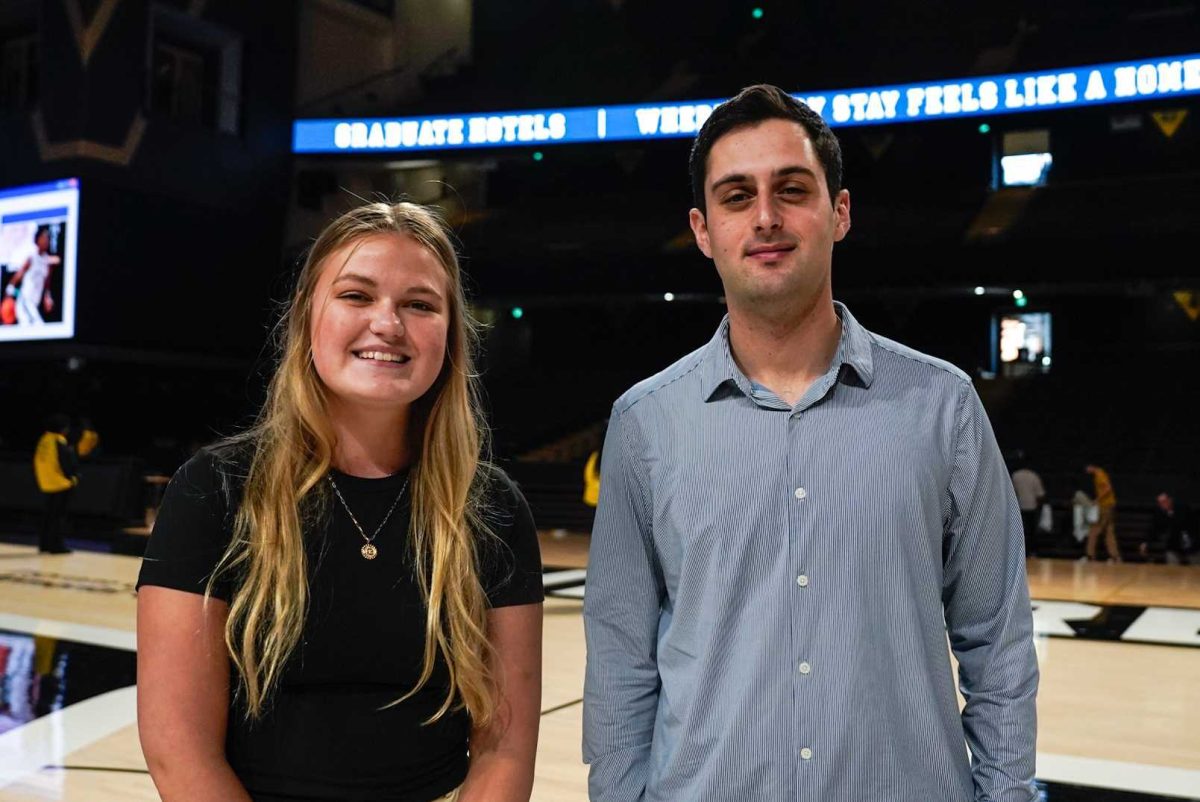The Hustler last spoke with VUIT representatives in November to learn more about its operations and the work that they conduct surrounding connectivity, network infrastructure, cybersecurity and other services.
Throughout the semester, students and faculty have reported multiple WiFi connectivity issues on campus which have caused difficulties such as joining and participating in remote classes and submitting assignments online. The Hustler met with VUIT representatives again to follow up on the past semester’s connectivity issues, network infrastructure updates and future plans.
According to Vice Chancellor for Information Technology John Lutz, VUIT added a new feature last semester that allows students and faculty to send a text in order to receive tech support when agents are available. The feature has received positive feedback from students, Lutz said.
“On our website, it.vanderbilt.edu, there are five different ways to contact us,” Assistant Vice Chancellor of Information Technology Rich Germano said. “You can call, text, email, chat, or open a help request directly through the website.”
Assistant Vice Chancellor for IT Shanmuga Sundaram spoke to the updates that VUIT makes to campus infrastructure.
“Constantly many things are happening as it relates to supporting our infrastructure—our networking infrastructure, telephoning infrastructure, infrastructure related to our tech and storage,” Sundaram said. “We typically do not do any major updates as it pertains to connectivity infrastructure during the school year—typically after graduation over the summer and before faculty and students arrive back on campus.”
According to Sundaram, since last summer, VUIT has installed 280 internet access points in Nicholas S. Zeppos College. More than 400 additional access points have been installed across Commons and in dorms on main campus. This summer, Sundaram said, VUIT plans to cover Blakemore, Warren, Moore and Murray with an additional 726 access points.
Lutz also commented on the challenges that VUIT has faced since the start of the Fall 2020 semester. According to him, one of the major challenges was providing internet access to the outdoor tents as well as locations that had not previously served as classrooms before the start of the semester.
“The outdoor stuff was a bit of a fire drill—we had to move very fast,” Lutz said. “We also had updates to classroom infrastructure and had to add access points to locations which were not historically used as classrooms, such as Alumni Hall.”
Lutz said that Fleming Yard, just outside Rand, is another instance of a location that VUIT did not foresee adding more connectivity due to more students working outdoors amidst the COVID-19 pandemic. As for what campus connectivity will look like as the university transitions back to in-person learning, Lutz expects the intensity of usage to decrease.
“So many people have been at home in dorms and residential colleges on Zoom,” Lutz said. “I think we’ll get some relief surrounding that, but it won’t all go back to exactly how it was. We know there will be more hybrid classes than we used to have even when we go ‘back to normal.’ We’d like to think our realized performance will actually go up as intensity of usage goes down with less Zoom usage.”
According to Sundaram, some connectivity issues students encounter are caused by external factors out of VUIT’s control. Sundaram cited an example where a student reported that a WiFi signal in Zeppos College was not working. Using sensors that they have deployed that enable technicians to examine the network environment, VUIT pinpointed 18 devices that were interfering with the WiFi signal. These could be anything from microwave ovens, mobile hotspots or other wireless devices.
“We have field technicians who come to campus every day who work in the field to address issues pertaining to network connectivity,” Sundaram said. “There are some things that are completely out of our control. We are responsible for making sure [the campus has] access points and connectivity to the access points.”

